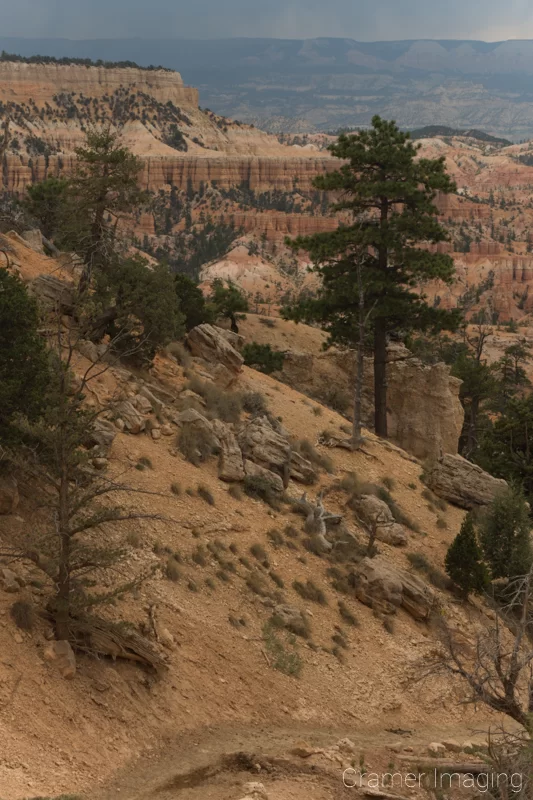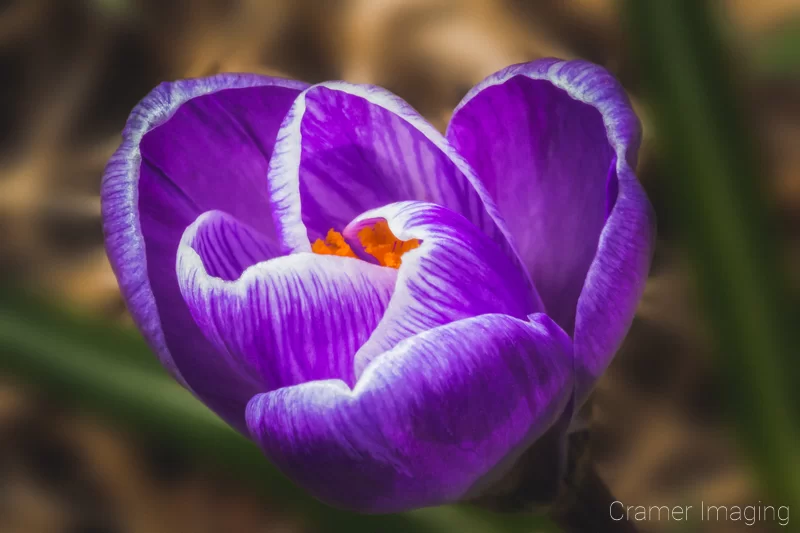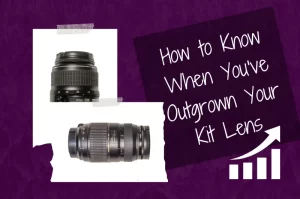There’s a big movement in photography lately called “no filter.” There are even hashtags devoted to it on places like Instagram and Twitter. I’ve noticed that lots of people participate in this movement but none of them are professional photographers. Why is that? That’s what we’re talking about here today.
Definition

To start off an article like this, I need to give you the definition of what the “no filter” movement is. It’s simply taking the raw photo out of your camera or smartphone and running with it. You don’t use any filters (this includes Instagram, Snapseed, and other popular filters) nor do you use any other forms of post-processing (no Lightroom, Photoshop, etc.).
The “no filter” movement is simply not processing up your photo in any fashion from what the camera created.
If you’d like to check out the kind of photography that people are creating for this movement, you can check out this Instagram hashtag and others just like it. You’ll see lots of different photos taken straight out of the camera and then published to the platform.
Why This Movement Exists
With the advent of Instagram and Snapchat, along with their many styled and silly filters, came lots of photos where the owner used lots of filters to create a look which didn’t end up looking that great. These over-stylized photos included overly HDR’ed photos using a simple filter.

Because of photos like the kind I described, some people started getting the idea that filters were bad. They inhibited creativity. People started thinking that they didn’t need to use those filters to get a good photo. In fact, some of those filters actually don’t improve the photo. They detract from it.

Many in the amateur photography community started up the “no filter” movement to counter the stacks of overly styled filters which rendered may photos into something more like a graphic than an actual photo. They started taking photos straight out of their cameras and posting them with no changes at all and tagging these photos with hashtags like #nofilter.
Why “No Filter” Will Never Catch on With Professionals
Once you’ve spent enough time as a photographer, whether you run in photography circles or not, you will eventually realize that the camera sensor is very different from your eyes.
While you can see some amazing color richness, range, and dynamics with your eyes, the camera sensor cannot see things the same way. It currently lacks the visual acuity of the human eye for such representations.
If that sounds confusing, don’t worry. Lots of people don’t get it when this concept is explained. It’s much easier to get with illustration. So check out the examples below.


With this example of a sunset at Bryce Canyon, you get what I’m talking about. My eyes see a range of color which the camera simply cannot pick up. There are hints of that color in the raw file but I had to process up the photo to make it look like how I saw the landscape when I was standing there taking the picture.
Professional photographers know that their cameras have these kinds of limitations. They want to create photos which are much closer to what you would see if you were standing there with them at that moment. This is why they process up photos.

The Professional Point of View
Professional photographers understand that the raw photo is like the first draft. There’s lots of potential but it lacks the polish of the final draft. There are visible problems with the photo which must be corrected. These problems could include exposure issues, unwanted spots on the lens, color correction issues, necessary cropping, and many other things which inhibit the raw photo from looking its best straight out of the camera. The photo must go through several edits, just like a paper does, before it reaches its final acceptable and publishable form.
Just as an author would never dream of trying to publish his or her first draft of a story with spelling, grammar, and continuity errors, a professional photographer wouldn’t publish the raw version of a photo with all the flaws visible.

Conclusion
To sum it all up, the “no filter movement,” to a professional photographer, is nothing short of publishing that first draft with all the visible errors. It doesn’t look professional at all. It doesn’t quite reflect what the scene really looked like. This is why the “no filter” movement will never catch on in professional photography circles.



